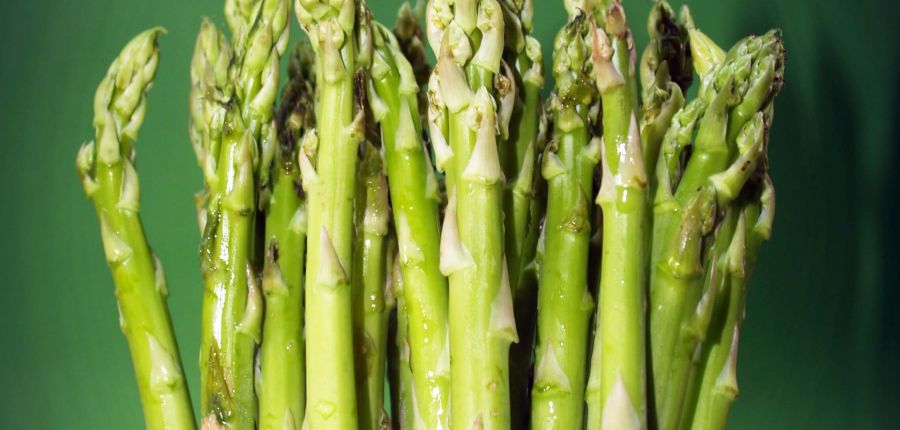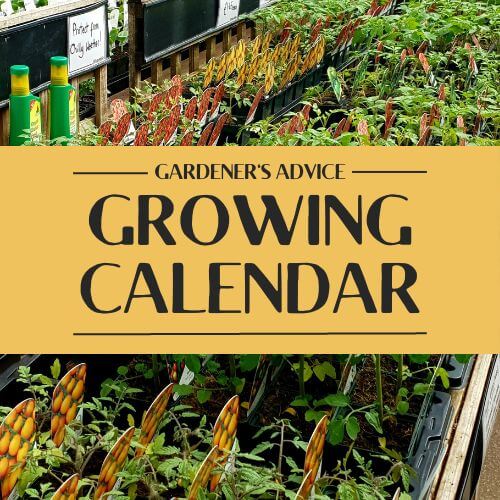Asparagus – Queen of Vegetables
Posted By: rocket veg Category: Growing Veg, Seasonal AdviceIf you love to eat asparagus and have always dreamed of growing your own – read on. Until fairly recently, asparagus was considered a luxury vegetable, only eaten on special occasions and then by people who could afford the crazy price of a small bundle of spears. With the advance of the global marketplace, the arrival of cheaper asparagus from far-off countries allowed more people to enjoy this glorious vegetable, demand rose accordingly and the cultivation of English asparagus really took off. Who wants to eat asparagus which has travelled halfway around the world when a far superior version is grown here at home and is now readily available at a great price. Better still - grow your own.
Essential requirements for growing your own asparagus
The biggest drawback when growing asparagus is that it takes time to establish. The ‘crowns’ must be left for three years before harvesting the first spears so patience is essential but the result is certainly worth the wait. The trick is to seek out a reputable supplier and buy year-old crowns, thereby reducing the waiting time to two years. Asparagus also needs sun, space and humus-rich, free-draining soil which is completely free from every trace of pernicious weeds such as bindweed and its cousins, so deep digging is essential.
Creating an asparagus bed
Winter is a good time to prepare a bed ready to plant asparagus crowns. For each row of asparagus, you need to dig a trench 30cm (12”) wide and 25cm (9”) deep, then add well-rotted manure to the base and work this into the soil before putting a shallow layer of the excavated soil on top. The length of the trench obviously depends on the number of crowns you intend planting: they need to be spaced a good 30cm apart. Then order asparagus crowns from a specialist grower whose details can be found online. Asparagus crowns purchased this way normally arrive in early March when the soil has begun to warm, but get your order in early to avoid disappointment.
Aim to plant the crowns as soon as possible after they arrive to avoid the precious root system drying out. Draw the soil up to create a shallow ridge along the base of the trench and spread the roots of each plant over this, spaced as above, then cover with enough soil so that the tip of the bud is just showing. As the crowns put on growth over the coming weeks, add more soil until the trench is filled and the surface has a low mound running its length. Water well if the weather is especially dry. By June you should have tall, thin spears with feathery tips – asparagus ‘fern’.
Harvesting your crop
No matter how tempting the developing spears look a year after planting, do not be tempted to cut a single one as doing so will weaken the crowns, resulting in poor crops for years to come. Instead, exercise the utmost patience and wait until the second year: if you have planted year-old crowns, they should be three years old by then and you will be able to enjoy your first harvest. Cut each spear just below the surface with a sharp knife when they are about 20cm tall, in the first year harvesting form mid-April to early June. In subsequent years when the crowns are that much stronger, the harvesting period will be a week or two longer.
Aftercare of asparagus
Be sure to keep your precious asparagus bed free from weeds by using a hand fork or short handled hoe to avoid damaging the crowns lurking just below the surface. The fern will gradually yellow as autumn progresses and can then be cut down to ground level and burned to reduce the spread of plant disease and pest damage. Top dress the bed in early spring with a thick layer of rich compost or well-rotted manure which will also help to suppress and weed growth.
Varieties to grow
‘Connovers Colossal’ – a tried and trusted variety with green stems and purple tips. ‘Backlim’ F1 - produces lovely fat spears. ‘Gijnlim’ F1 - the spears are thinner but the yield is high.







